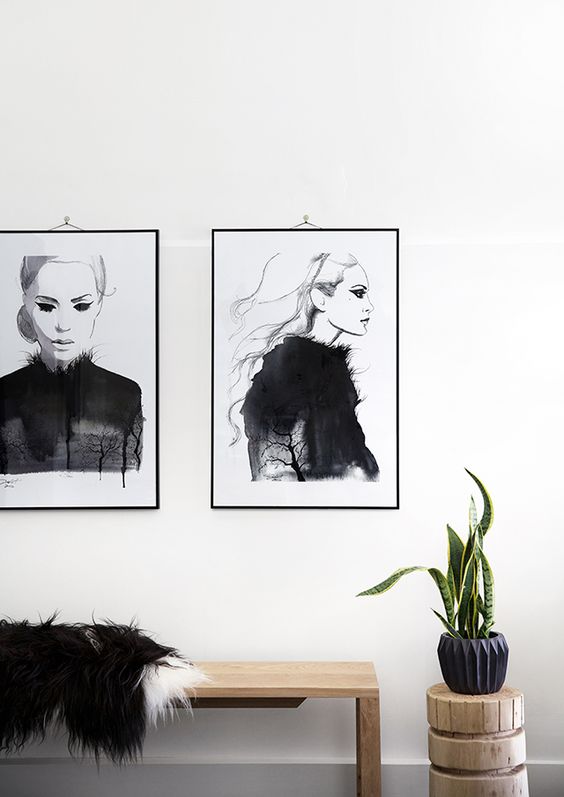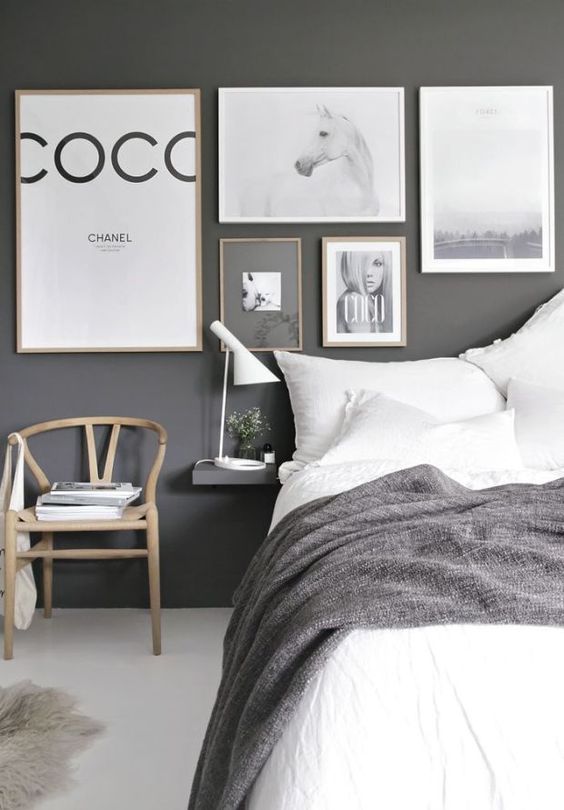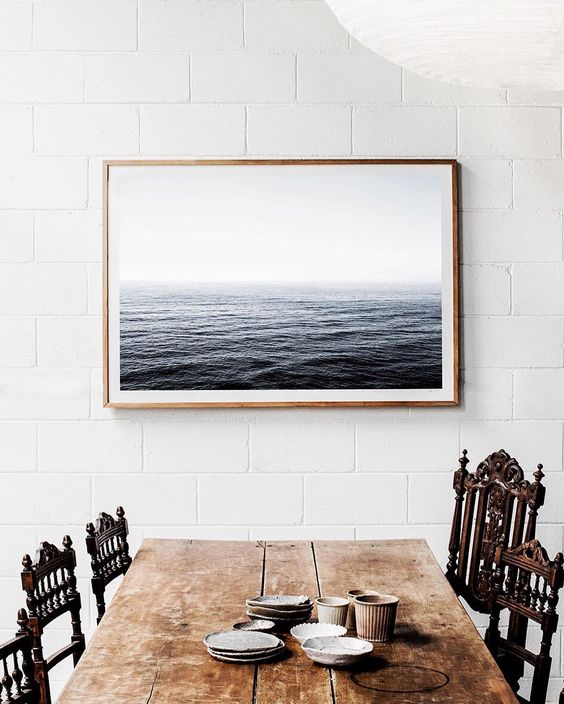One aspect of decorating that many people struggle mightily with is choosing and hanging wall art. If you’ve left the walls of your home blank because you’re afraid of making an error, or if you’ve hung photos and prints only to be disappointed by the results, take heart. By following a few best practices, you can use your artwork to transform your living space in a few painless steps.
1. Hang only what you love
Choosing artwork for your home is highly personal subject, and this is where we let go of any rules, save for one: You must love the works of art you hang on your walls. They should speak to you. Never choose a painting or print just because you think it matches your room — it’s a sure-fire way to be disappointed in the end.
Original paintings can be expensive, but if you have artistic friends or family, you can frame some of their original pieces for a really sharp, custom look. You can also purchase prints, enlarge favourite photos (black and white portraits are very chic), or find some incredible antique signs or other interesting objects to hang on your walls for interest. You just need to love it.

2. Don’t skimp on the frames
If you choose to hang traditional wall art, it’s worth it to spend a little more for professional framing. This will protect your investment, as framers use acid-free materials and UV-rated glass to make sure your artwork doesn’t deteriorate. Framing is also an opportunity to unify your look. For example, you could have several very different paintings in style or subject, but if they’re all in similar frames, you add instant cohesion to your room.

3. Keep artwork in scale with the space
The biggest mistake most people make is hanging a picture that’s too small for the space. If you put a beloved, page-sized portrait on an expansive wall, it will be totally lost and ignored. To figure out how large a picture to hang on your wall, measure the width of the space (say, the area between two windows) and multiply that number by .57. The result is the ideal width of the painting you should center in that space. This bit of arithmetic is based on decorators’ tried-and-true proportions, but you of course have a little leeway. You can also group smaller photos together to reach this number — just be sure to account for additional spacing between each.
4. Hang artwork at eye level
Many people hang their pictures too high on the wall, thinking that there’s a lot of space to fill toward the ceiling. Not so! The centre of your artwork should be at eye level of the average person — if you live with someone, split the difference. The one exception is with lettered signs, which are typically designed to be seen from a distance and can therefore be hung higher than eye level if you like.
If you stick to these four simple rules, you’re sure to be pleased with how your works of art transform your walls.


 Naomi Findlay is an experienced interior designer, project manager and stylist who also loves sharing her passions and experience by teaching others.
Naomi Findlay is an experienced interior designer, project manager and stylist who also loves sharing her passions and experience by teaching others.
My wife has been thinking about getting some new art for our living room and wanted to make sure we chose the right ones. I never knew that you should only look for things that you love for your walls. Since my wife has a very picky taste, it would be nice to only get things that she will enjoy.